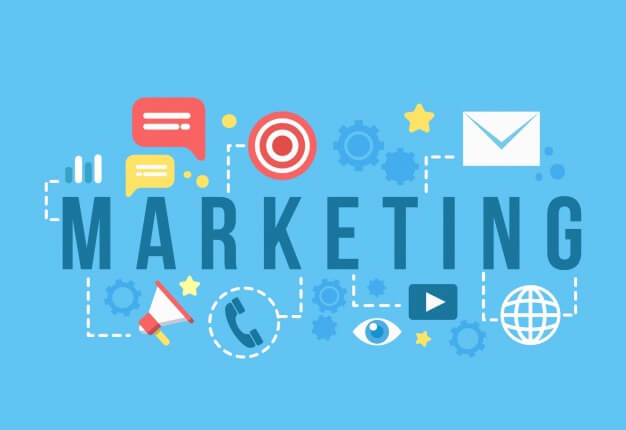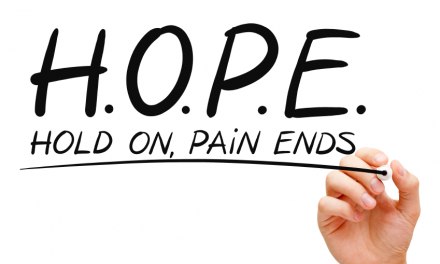Warning: Undefined variable $serie in /home/domains/treatmentandrecoverysystems.com/docs/wp-content/plugins/wp-series-manager/wp-series-manager.php on line 264
Suppose you and I, geniuses that we are, invent a new medication that reduces drug craving. We’re convinced it’s superior to anything else on the market, and our research seems to confirm that. We go through the process of getting it approved for use, set up our distribution network, and prepare for release.
How much will we charge?
Simply, as much as the market will bear. That’s not unlimited, of course. But it will be substantial. At least initially; prices tend to drop over time, as other options become available.
How will we market our product?
Most likely, through colorful ads in journals or publications, or by sending reps to visit providers, or with a fancy slide presentation to illustrate the superiority of our product.
What sort of service will our customers expect?
Not much, really. In fact, they’ll be willing to queue up and wait for our product, and quite possibly pay extra for an office visit. It’s the product they desire, not personal attention from you and me.
Who will our customers be?
Some will be the sort of folks who insist on using the latest and greatest. Others will represent large purchasers, searching for something that might work on patients who haven’t responded to other methods. There’s the desperate, of course: those who have tried everything else without success.
These are the innovation shoppers.
Innovation goes beyond medication. And it needn’t be “new.” Evidence-Based Practices (EBPs) arrive with some frequency, promising superior outcomes based on research. These are always of interest to purchasers of treatment services looking for better results. Clinicians can be slow to adopt such approaches, however, in spite of evidence.
The innovation shopper generally:
- Knows what h/she wants by way of a particular product or service;
- Is willing to pay the market rate to obtain it; and
- Needs little in the way of service, beyond delivery of the product and orientation to its use.
One exception is the growth of electronic health records (EHR) in behavioral health. Implementation of an EHR requires extensive training and the sort of ongoing help provided by software companies.
Something to remember: innovation is by definition a process of continual revision, development, and upgrade. There’s no end point. The medications and therapies we use now will be replaced by other, improved varieties. It’s only a matter of time. Sometimes that’s driven by competition, but not always. We’re always searching for a better mousetrap.
As a result, some providers who begin as innovators rededicate themselves at one point or another to attracting price shoppers and/or service shoppers.
It’s just part of the life cycle of a healthcare business.
These are posts belonging to the same serie:













